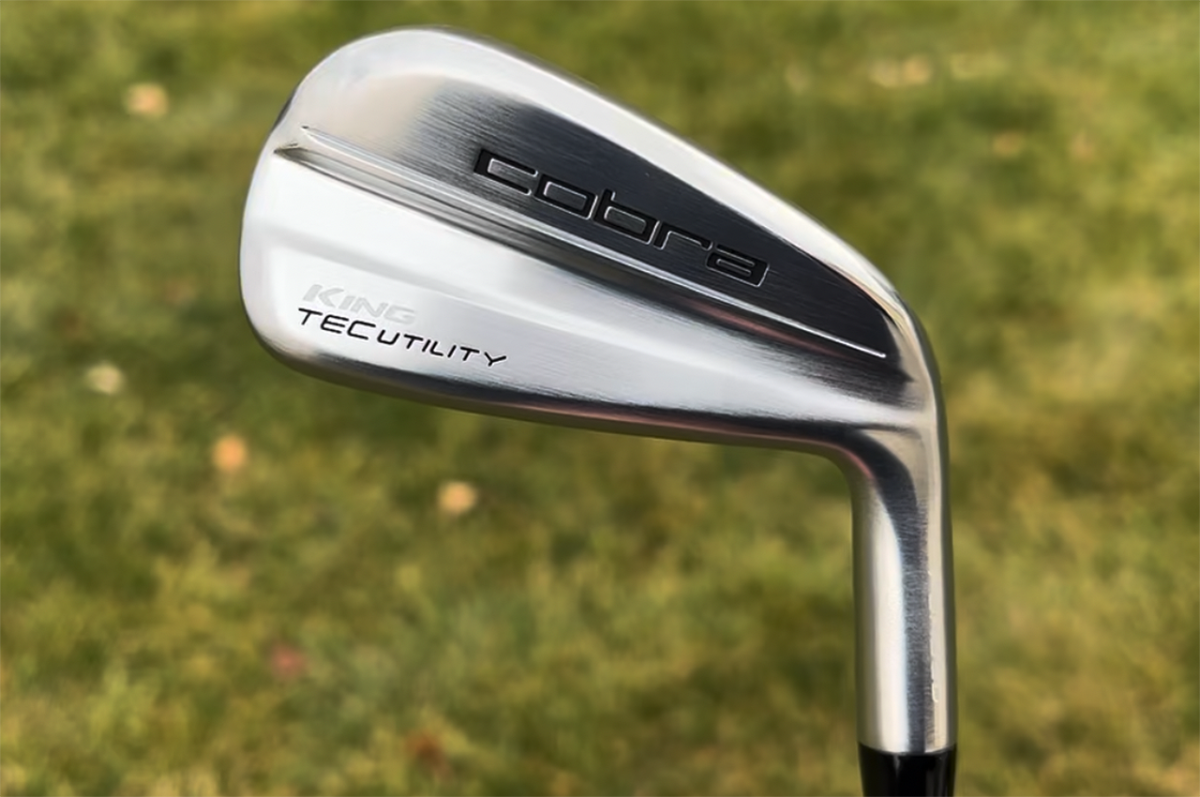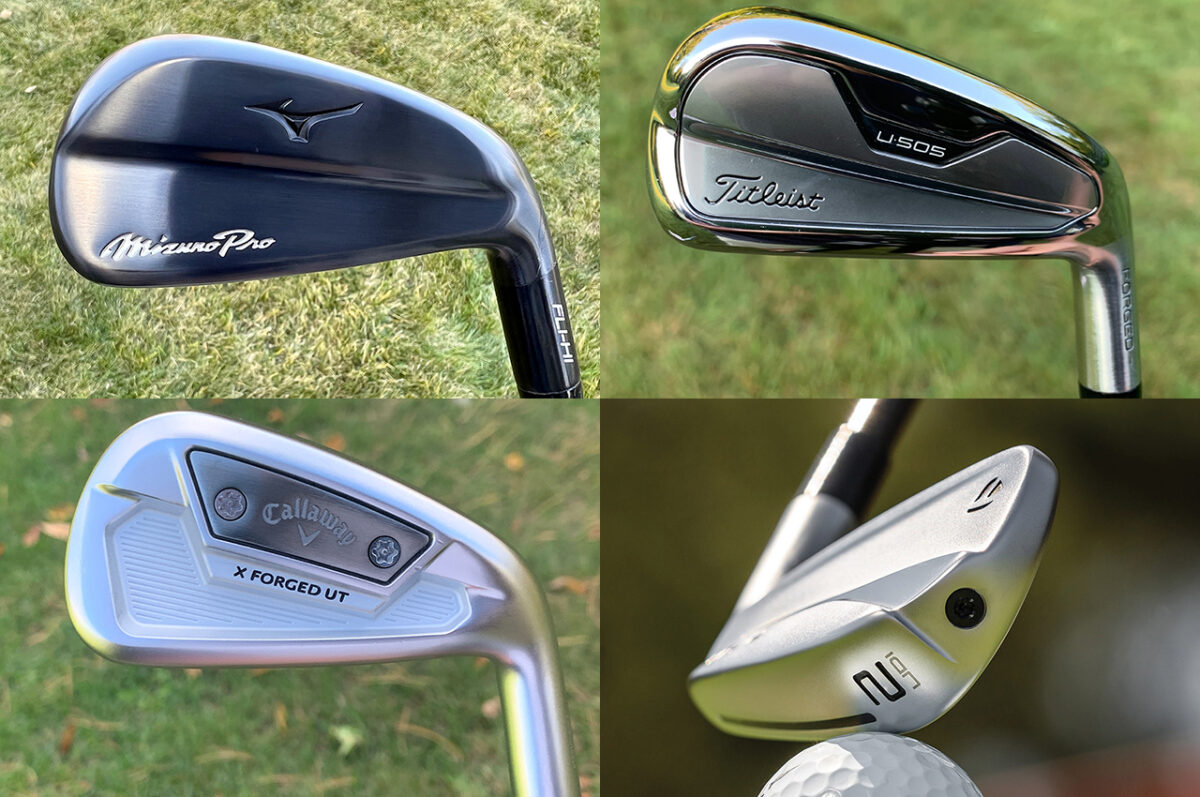Links golf courses like St. Andrews, Carnoustie, Royal St. Georges and Royal Liverpool, the site of this week’s Open Championship, are built on sandy, wind-spect ground that would not be good for agriculture or almost anything other than golf.
The sandy ground allows water to drain quickly, so the fairways tend to be firm and bouncy, and strategically-placed pot bunkers can be extremely challenging to play from, but the main defense for any true links course is wind. Elite golfers are not bothered by playing in rain because it tends to soften the course and make approach shots to the green stop quicker, but wind bedevils them. When it swirls, gusts and shifts, wind adds unpredictability to the game, and that drives control-hungry golfers crazy.
To battle the wind and take advantage of the firm fairway conditions, many golfers take out high-lofted fairway woods before the start of events like the Scottish Open and the British Open, then add a driving iron or two in their place.
Open Championship 2023: Leaderboard, tee times, hole-by-hole
Modern fairway woods have a low center of gravity that is typically pulled back, away from the face, to encourage higher-flying shots that maximize carry distance. In windy conditions, hitting a 5-wood or a 7-wood low can be challenging. Even with the same amount of loft, driving irons have a higher center of gravity and it is positioned closer to the face, so they produce lower-flying shots that tend to roll out. Nearly all players also fit their driving irons with graphite shafts, typically designed for hybrids, so they can generate more speed and create the spin rate and launch angle they desire. As a result, fast-swinging golfers can use driving irons can keep the ball below the fiercest winds, adding control off the tee, without sacrificing too much distance.
The players listed below are some of the competitors trying to win the Claret Jug this week at Royal Liverpool who have added driving irons to their bag this week.

















